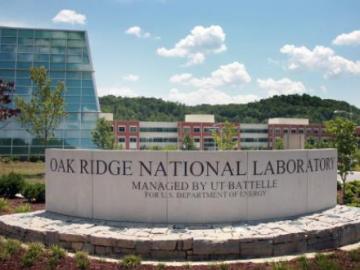
Oak Ridge National Laboratory gave social media users an exclusive tour of its supercomputer Titan on Nov. 5.

Oak Ridge National Laboratory gave social media users an exclusive tour of its supercomputer Titan on Nov. 5.





Lock Data Solutions has licensed a technology from the Department of Energy’s Oak Ridge National Laboratory designed to protect a company’s data from internal and external threats.



In the Stone, Bronze and Iron Ages, the state of the art of materials science defined technology’s zenith and accelerated economies.

